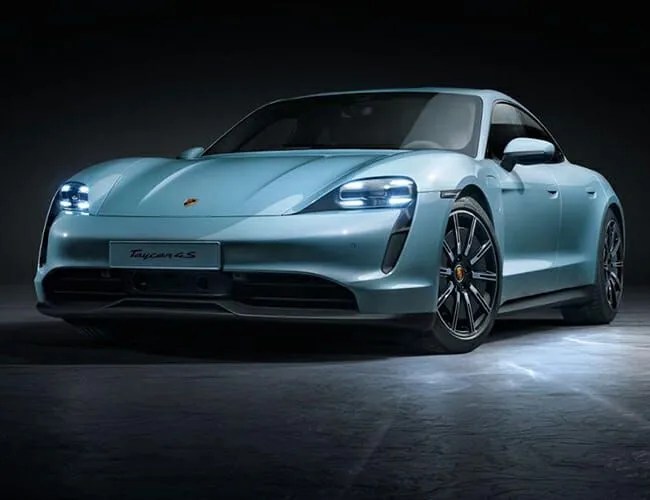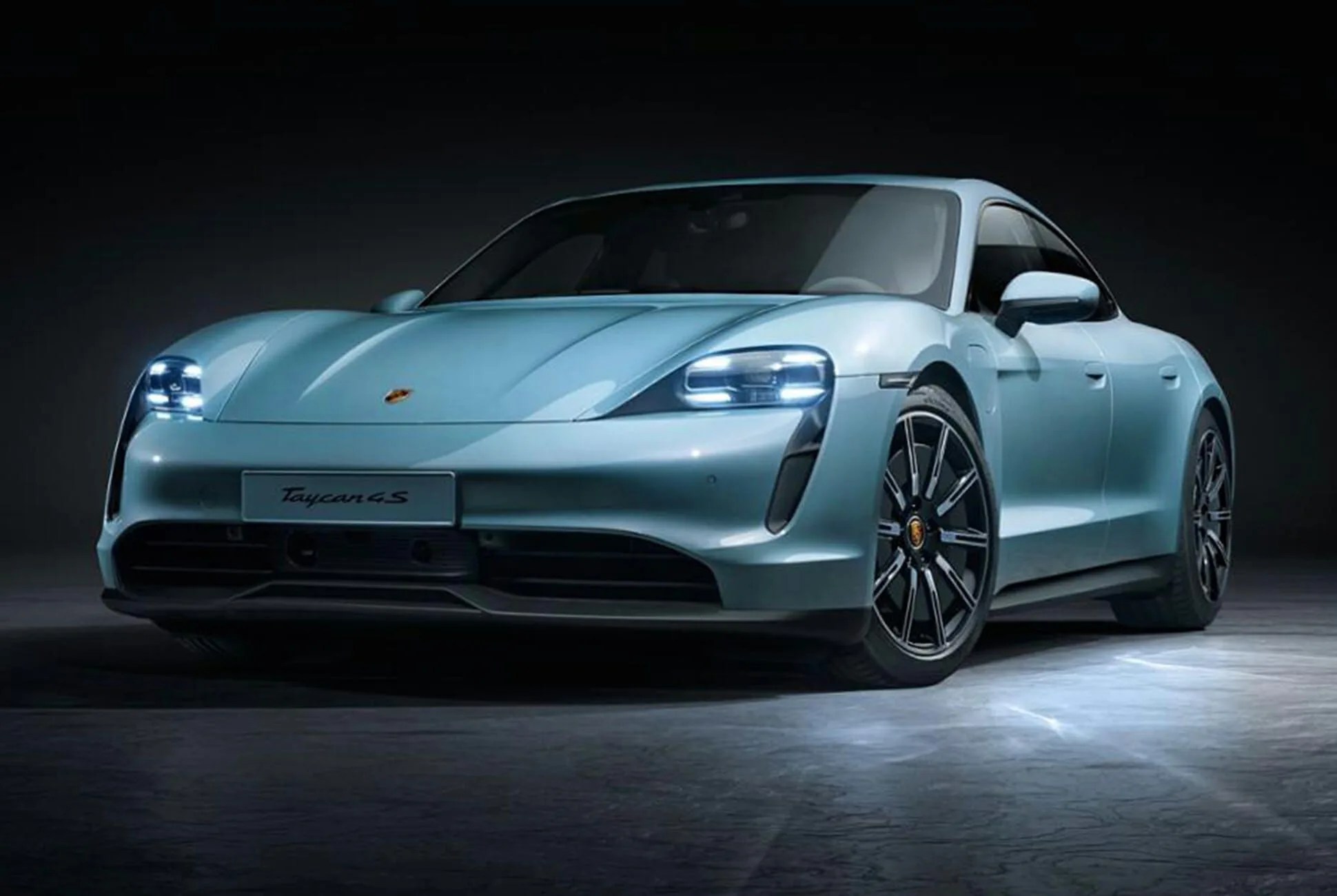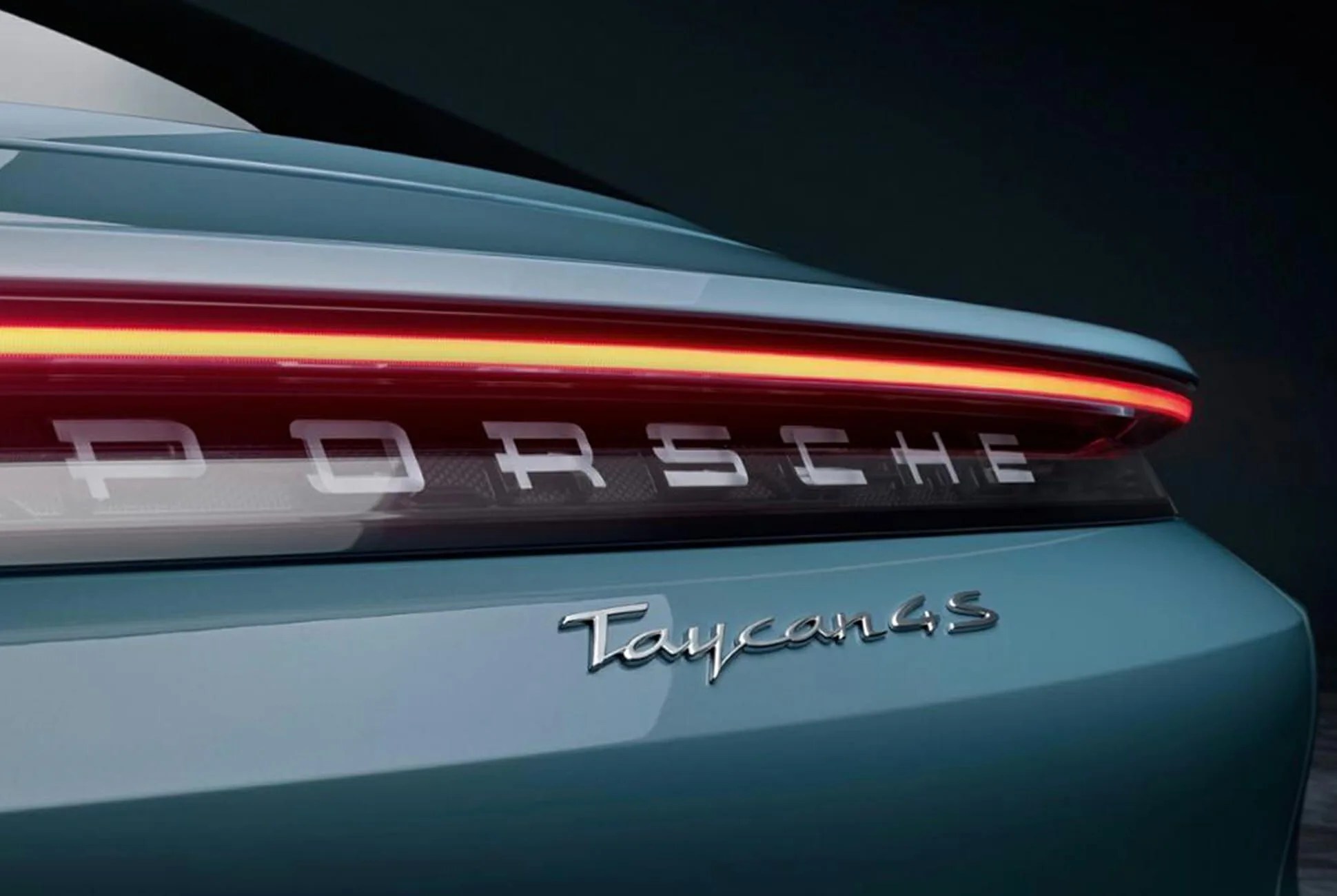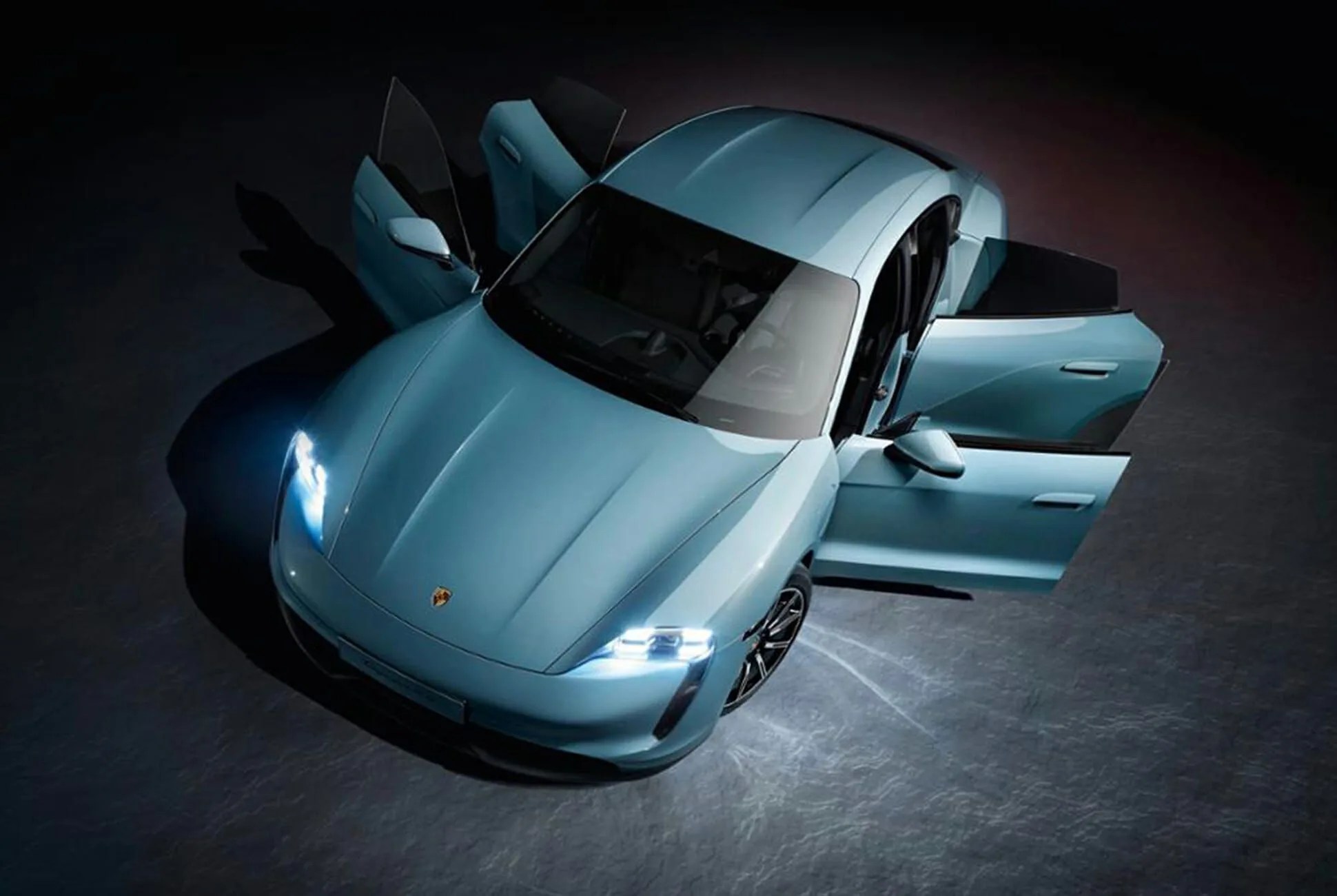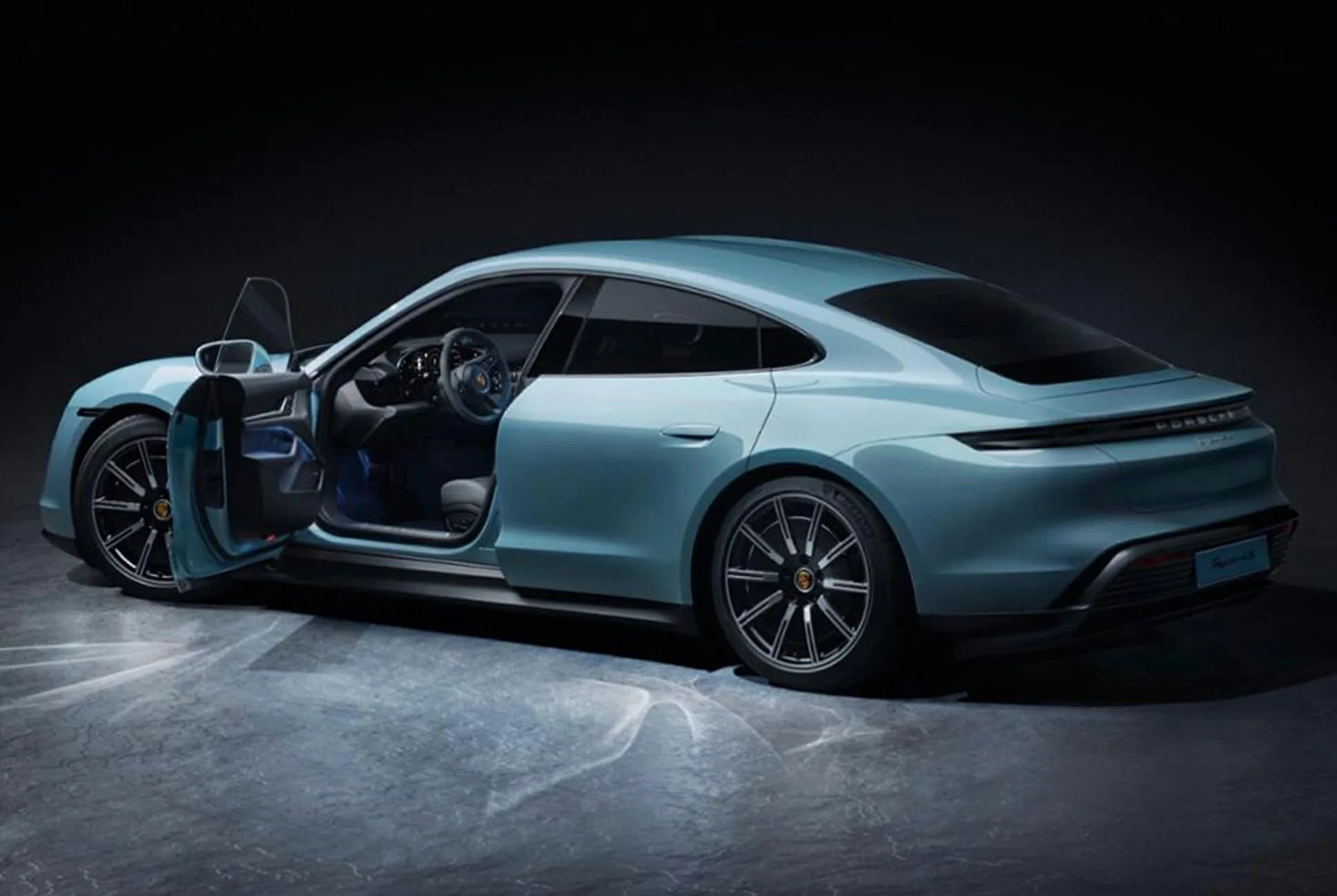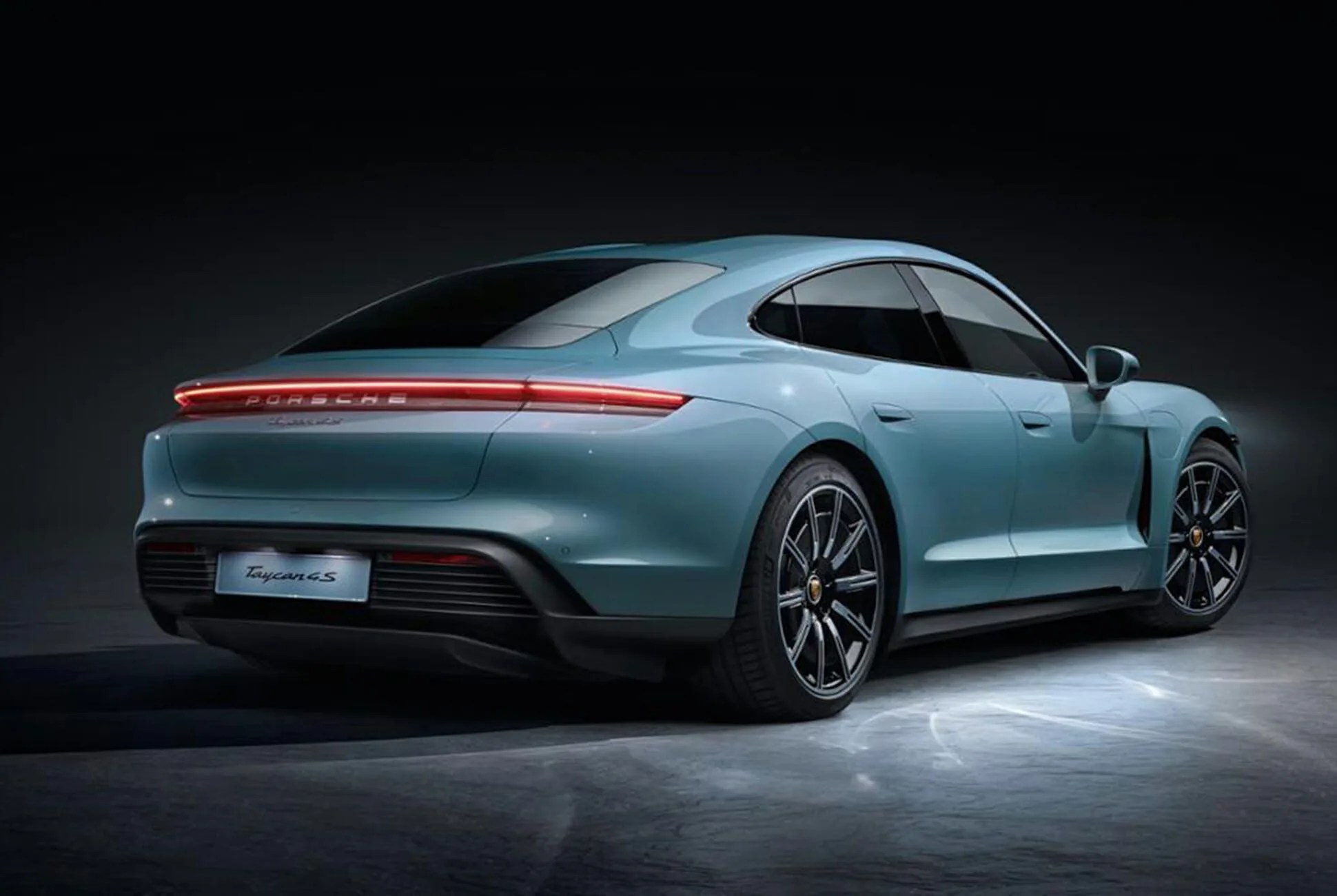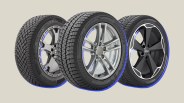7 photos
The all-new, pure-electric Porsche Taycan may be the most revolutionary car in the automaker’s history since its founder released the 911 on the world five and a half decades ago. (Or at least since it hoisted the Cayenne upon the world.) As we discovered on our first drive of the EV sports car, it’s a potent, exciting sports car that lives up to the Porsche reputation — it just happens to run off electricity instead of gasoline.
That said, if there’s one complaint about the Taycan, it’s that those launch models are, well, a lot of car. Not just in terms of power — though with up to 750 horsepower and 774 pound-feet available, there’s certainly plenty of that — but in price: the Turbo starts just shy of $151,000, while the Turbo S starts at $185K, and it’s not hard to push the latter past $200K.
Now, though, the company has remedied two of the biggest issues with those Taycan variants with, you guessed it, an all-new variant: the Porsche Taycan 4S, which is both cheaper and offers greater range than its brethren.
Porschephiles will know just from the nomenclature how it pulls this off, of course: by offering less performance. Still, much like the Carrera 4S, no one is likely to call this Porker slow. The Taycan 4S makes 523 horsepower in base form, where it’s equipped with a 79.2-kWh lithium-ion battery pack; there’s also a version with the larger 93.4-kWh battery found in higher-trim Taycans that can whip up a maximum of 563 horsepower.
Either way, Porsche claims the Taycan can accelerate from 0 to 60 miles per hour in 3.8 seconds (with the added weight of the larger battery presumably offsetting the extra power in the stronger version) on the way to a top speed of 155 miles per hour. Keep in mind, however, that Porsche’s official acceleration times tend to be rather conservative, so that claimed nought-to-60 is likely to prove closer to a 3.4 in the real world.
The larger battery also allows the stronger version of the 4S to offer the greatest range of any Taycan yet revealed: 287 miles, according to the WLTP testing cycle used in most parts of the world outside the U.S. (American EPA range figures tend to be less optimistic, so figure on that dropping a little for our market.) That’s nine miles more than the Taycan Turbo, and 32 more than the Taycan Turbo S; admittedly, it’s also 42 miles less than the Tesla Model 3 Performance, but hey, Porsche’s still starting out here.
